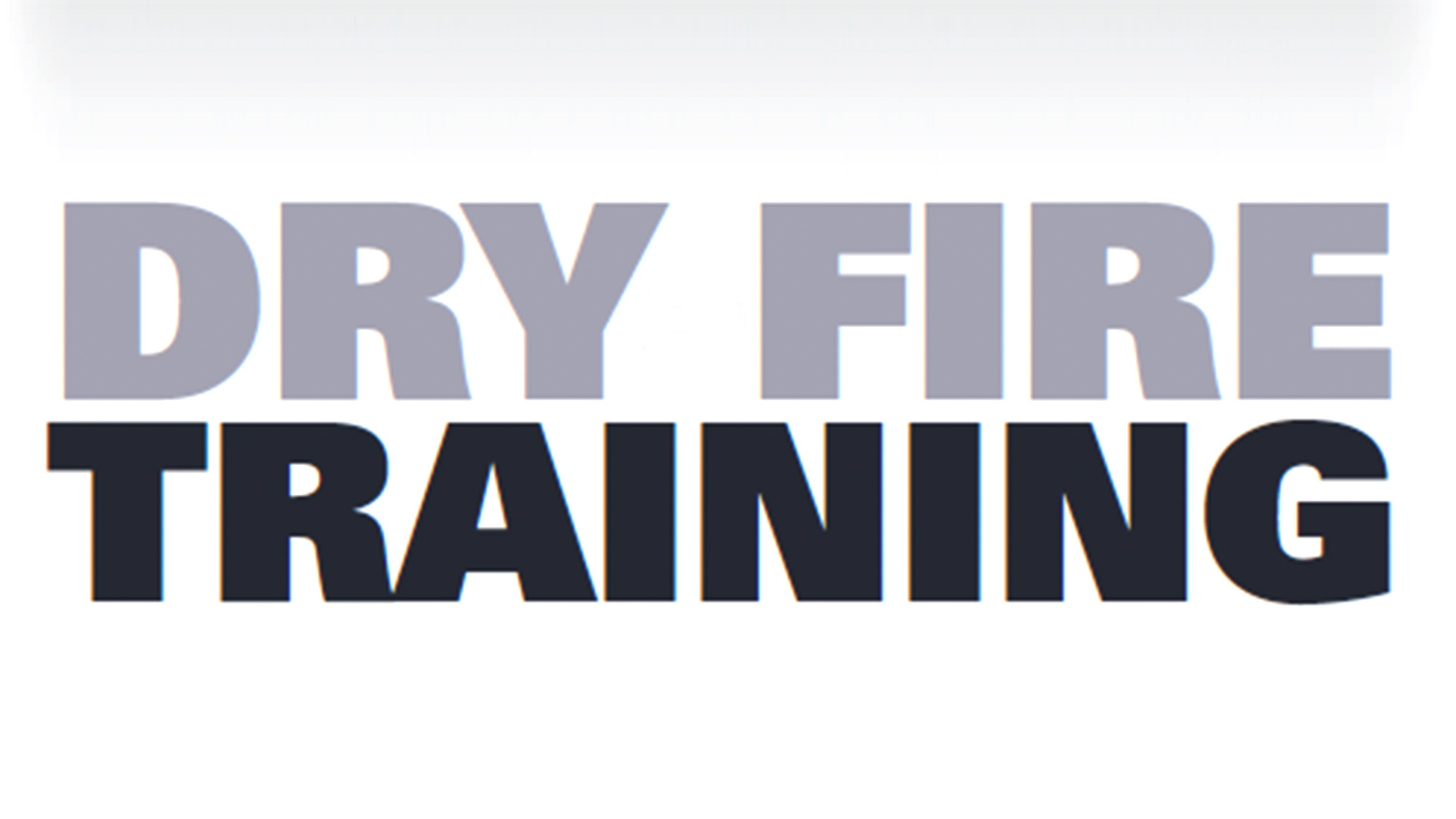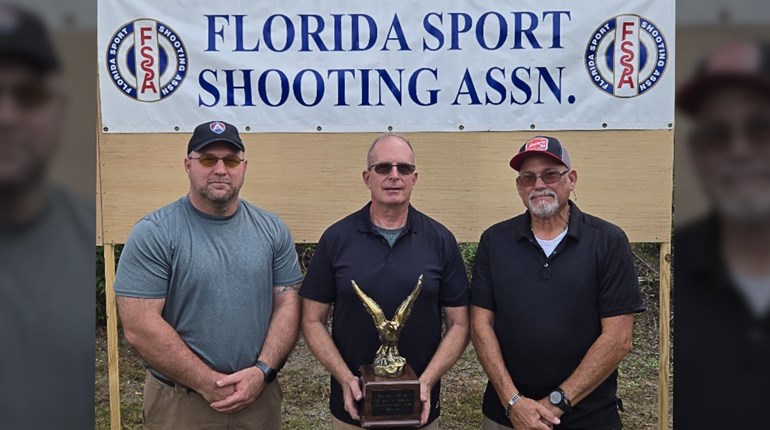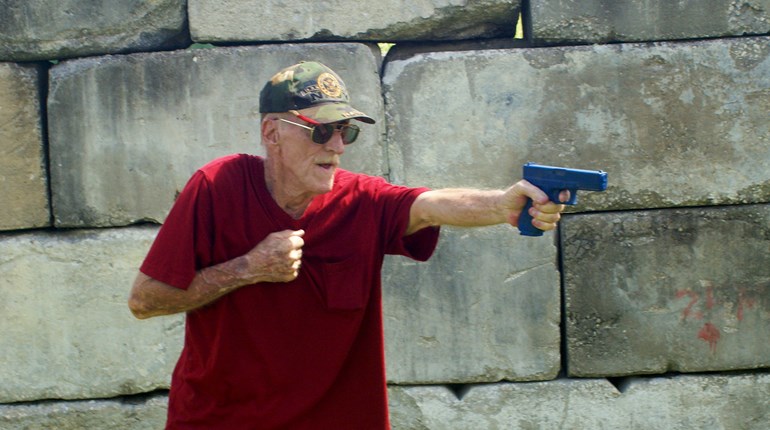
It was breezy the first time I shot at Pistol Nationals, just enough to give the average shooter chicken finger and lower the scores. Some service shooters did very well and seemed unaffected by the wind. Being new, I believed the explanation that they do well in the wind because they practice in the wind. It took me a few years to learn the real reason—because they dry fire.
Whether it’s windy, raining, sunny or cold, they pull the trigger the same way every time because they dry fire. Dry firing trains your subconscious in all of the basics. When you dry fire, check your stance, maintain a constant grip, focus on the dot or front sight, maintain sight alignment and breathe properly, just as you would during live fire.
If you can identify a weakness, concentrate on improving just that one skill while dry firing. For instance, if you are pumping your grip when you shoot sustained fire, concentrate on just maintaining a consistent grip while dry firing.
Once you’ve learned the basics, continue to hone your skills through repetition, dry firing at least once a day, five days a week. Dry fire sessions only need to be 10 or fifteen minutes long—longer, if they remain productive. Don’t teach yourself bad habits by dry firing longer than you physically or mentally should. Remember, perfect practice makes perfect. My dry fire training is 15 minutes in the morning, when I get home from work and before I go to bed.
When I dry fire, I start with the muzzle about an inch from a blank wall. Not having a target and being close to the wall puts me in a natural point of aim and prevents my eyes from focusing far away. I run a mental program before every shot or string of shots, so I do the same when I dry fire. I do not pull my trigger without first running a mental program, ever! In my mental program, I visualize my red dot in the center of the bull. While I focus on the red dot and squeeze the trigger, I imagine the shot breaking and the bullet going straight through the center of the red dot. Then I imagine a target with a hole in the center of the X-ring and think, “... and you’ve got an X.” I use the same technique for iron sights except I focus on the front sight instead of the red dot. The whole idea is to focus on the sights and break the shot without disturbing the sight alignment or moving the dot.
After about five or 10 minutes of dry firing against a blank wall, I dry fire at a reduced target across the room. I have found that dry firing against a blank wall trains me to keep my sights aligned and my eyes focused on the sights. Dry firing at a reduced target helps steady my hold.
When a shooter asks me what to do about a specific problem, the first thing I do is ask them if they dry fire. I can’t tell you how many shooters say, “No, I tried that and it doesn’t work for me.” Dry firing does work as long as you commit to it for as long as you want your shooting and scores to improve.
Dave Lange is a member of the Zero/Lapua Pistol Team; previous National Indoor International Standard Pistol Champion; previous Distinguished Revolver National Champion; firing member of several U.S. Mayleigh Cup Teams; winner of numerous regional and state championships; national record holder.



































